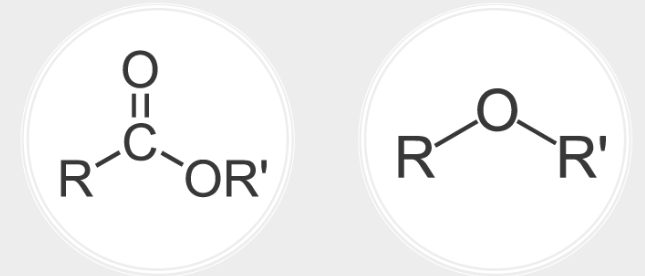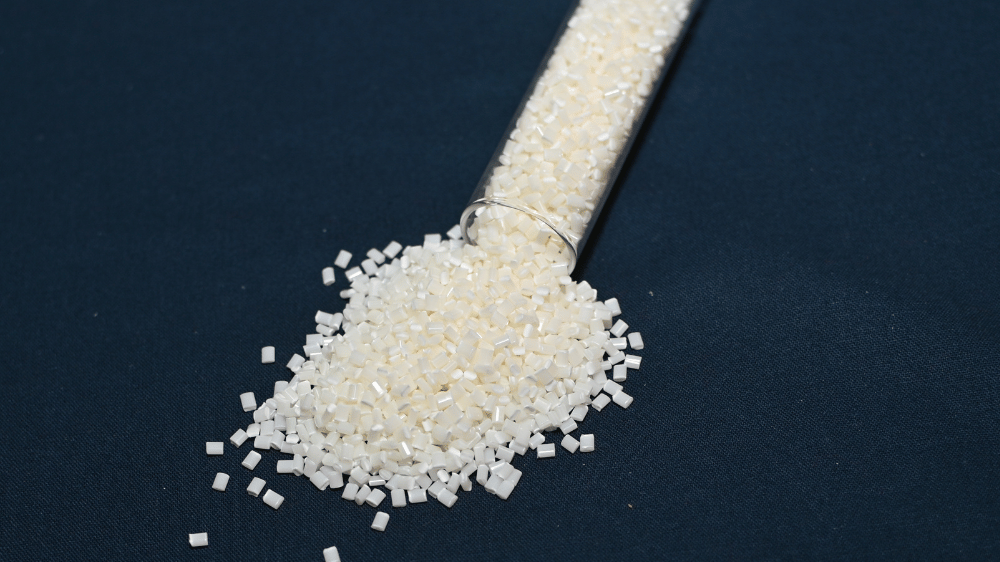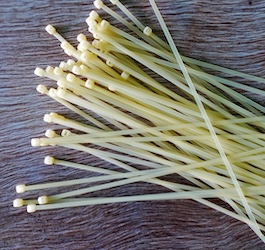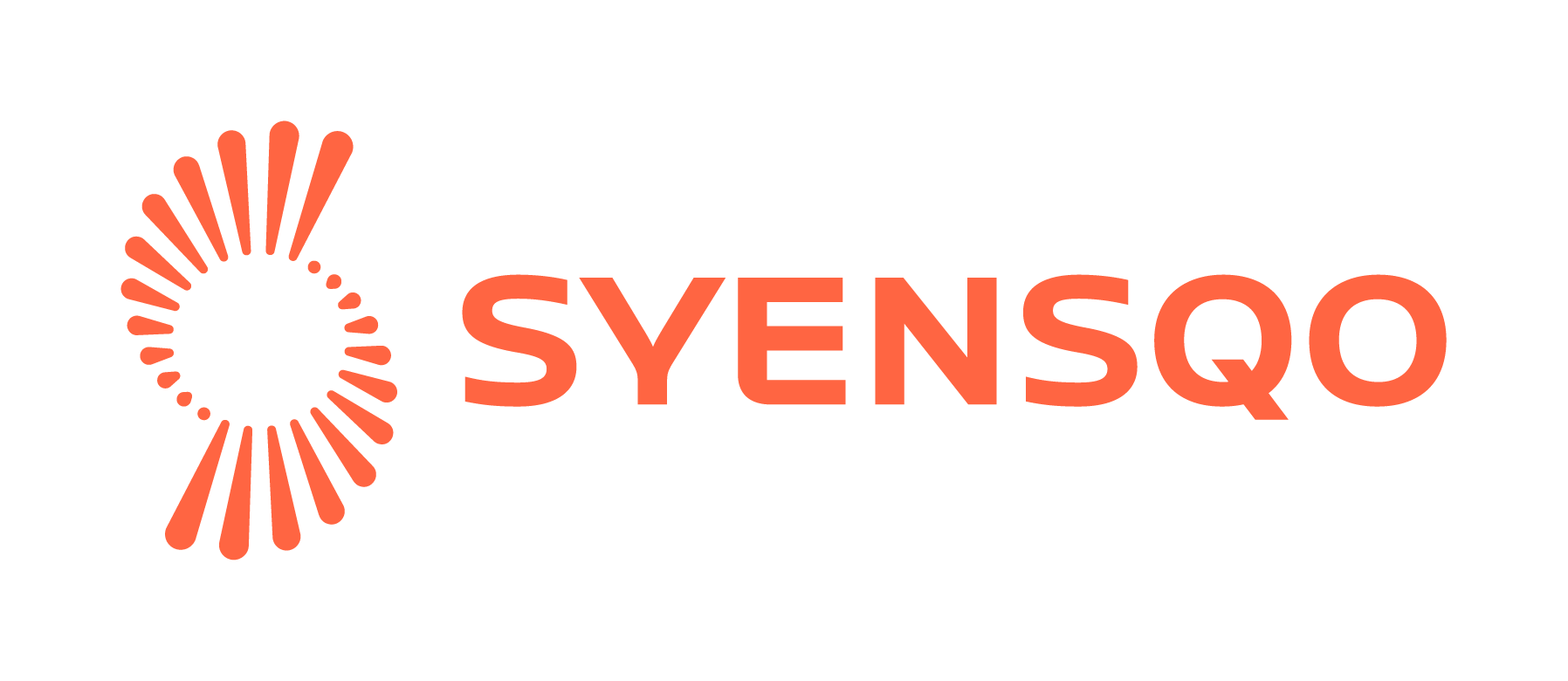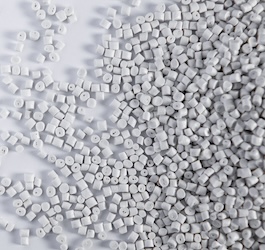Designing Parts for Injection Molding
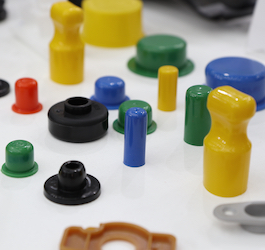
Designing parts for injection molding is a critical aspect of the manufacturing process, influencing the quality, efficiency, and cost-effectiveness of production. Injection molding is a popular manufacturing method for producing plastic parts in large quantities, making it essential to understand the intricacies of part design to ensure optimal results.
One key consideration in designing parts for injection molding is the choice of materials. Different plastics have varying characteristics, such as melt temperature, flow rate, and shrinkage. It is crucial to select a material that aligns with the intended function of the part and the molding process. Factors like durability, flexibility, and resistance to temperature and chemicals should be taken into account during material selection.
The geometry of the part also plays a crucial role in the injection molding process. Designers need to consider draft angles, wall thickness, and undercuts to facilitate easy ejection from the mold and prevent defects like warping and sink marks. Uniform wall thickness helps maintain consistent cooling rates, minimizing the risk of defects and ensuring the structural integrity of the final product.
Another vital aspect of part design is the incorporation of features like ribs and fillets. Ribs add strength to the part, reducing the risk of warping and improving overall stability. Fillets, on the other hand, help distribute stress more evenly, enhancing the part's durability. Careful consideration of these features contributes to the longevity and performance of the injection-molded parts.
In addition to geometry, designers must pay attention to the placement of gates and runners. These entry points for molten plastic into the mold can impact the part's appearance and properties. Strategic gate placement minimizes the visibility of gate marks on the final product and ensures proper filling of the mold cavity.
In conclusion, successful injection molding starts with thoughtful part design. Material selection, geometry considerations, and the placement of features and gates all contribute to the efficiency and quality of the manufacturing process. By understanding and incorporating these principles into the design phase, manufacturers can achieve cost-effective, high-quality production of plastic parts through injection molding.




